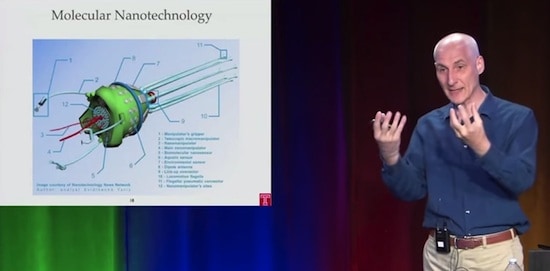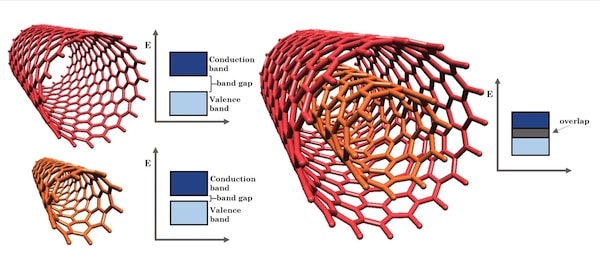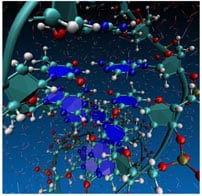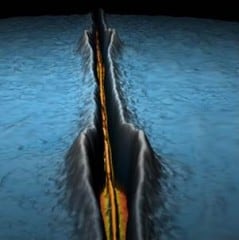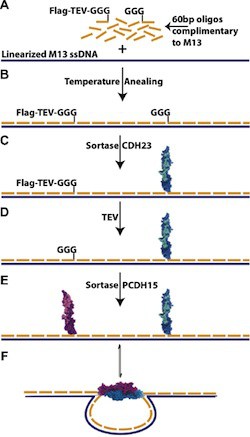Even without special designs and coatings to promote stability, simple DNA nanomachines can survive in human serum and blood for hours or even days, much longer than expected from previous studies using bovine serum, which has more damaging nucleases than does human serum.
DNA nanomachines more stable than expected in human serum and blood


